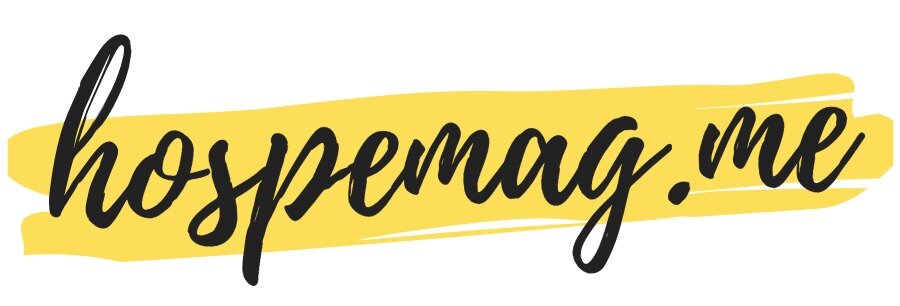The Rise of On-Demand Training: How Netflix-Style Learning is Shaping Hospitality
/The hospitality industry thrives on agility—employees must adapt quickly, whether mastering a new POS system, handling a guest complaint, or learning safety protocols. Traditional training methods (long classroom sessions, bulky manuals) no longer fit today’s fast-paced environment. Enter on-demand learning: a Netflix-style approach where employees access bite-sized, engaging training exactly when they need it.
From LinkedIn Learning to Duolingo for language skills, and custom Learning Management Systems (LMS), hospitality businesses are leveraging just-in-time training to boost retention, efficiency, and employee satisfaction. Let’s explore how this shift is revolutionizing the industry.
Why On-Demand Training Works for Hospitality
1. Flexibility for a 24/7 Industry
Hospitality never sleeps—neither should training. On-demand platforms allow employees to learn:
During downtime (e.g., between shifts, slow hours).
On any device (smartphones, tablets, back-office computers).
At their own pace, reducing overwhelm.
2. Higher Engagement & Retention
Like Netflix or YouTube, modern learners prefer:
Short, focused videos (3-10 minutes) over hour-long lectures.
Interactive quizzes and instant feedback.
Personalized recommendations (e.g., "Housekeepers, watch this 5-minute refresher on chemical safety").
3. Just-in-Time Learning for Real-World Problems
Instead of memorizing outdated manuals, employees can:
Quickly search "How to handle an overbooked room" before a guest arrives.
Watch a 1-minute demo on operating a new coffee machine.
Practice language skills via Duolingo before assisting an international guest.
Key Platforms Driving On-Demand Hospitality Training
1. LinkedIn Learning & Udemy for Business
Pros: Vast libraries on soft skills (customer service, conflict resolution) and technical skills (revenue management, Excel for hospitality).
Use Case: A hotel chain assigns a 10-minute course on "De-escalating Guest Complaints" to all front-desk staff.
2. Duolingo & Babbel for Language Training
Why it matters: 47% of hospitality workers interact with non-native speakers daily (Source: Rosetta Stone).
Gamified learning: Employees earn badges for completing daily 5-minute language drills.
3. Custom LMS (Learning Management Systems)
Platforms like TalentLMS, Axonify, or Hotel Academy offer:
Mobile-friendly microlearning (e.g., daily 2-minute safety tips).
AI-driven recommendations (e.g., "Based on your role, here’s a refresher on check-in procedures").
Tracking & compliance (automated alerts for mandatory training).
4. YouTube & TikTok-Style Training
Some brands create internal video libraries with:
60-second "how-to" clips (e.g., "Folding napkins like a pro").
Guest service role-plays (e.g., "How to say no politely").
Success Stories: Hospitality Brands Using On-Demand Learning
1. Marriott’s "Marriott Bonvoy Training" App
Employees access mobile-friendly courses on brand standards, safety, and career growth.
Gamification (badges, leaderboards) increases completion rates by 35%.
2. McDonald’s "Fred@Work" Chatbot
An AI assistant answers employee questions in real-time (e.g., "How do I process a refund?").
Reduces manager interruptions by 40%.
3. Hilton’s Virtual On-Demand Workshops
Frontline staff take self-paced courses on leadership, sustainability, and tech skills.
Result: 80% of employees say it improves confidence in their roles.
How to Implement Netflix-Style Learning in Your Business
Start Small: Pilot a microlearning module (e.g., "3-minute wine service basics").
Leverage Existing Platforms: Use LinkedIn Learning or a custom LMS—no need to build from scratch.
Make it Mobile-First: Ensure content works on smartphones (where employees already spend time).
Encourage Social Learning: Let staff share tips via internal chat (e.g., Slack or WhatsApp groups).
Track & Adapt: Use analytics to see which courses are most popular and improve weak spots.
The Future: What’s Next?
AI-Powered Personalization: Imagine a system that suggests training based on an employee’s past mistakes (e.g., "You struggled with upselling—watch this 4-minute tutorial").
Voice-Activated Learning: "Hey Alexa, how do I handle a food allergy request?"
Augmented Reality (AR) Job Aids: Scanning a QR code to pull up a housekeeping checklist overlay.
Conclusion
Hospitality training is no longer about rigid schedules and binders—it’s about instant, engaging, and relevant learning. By adopting Netflix-style on-demand training, businesses can:
✔ Reduce onboarding time
✔ Improve guest satisfaction (better-trained staff = happier customers)
✔ Boost employee retention (studies show accessible training increases job satisfaction).
Your turn: Have you tried on-demand training in your hotel or restaurant? What worked (or didn’t)? Share your thoughts below!

